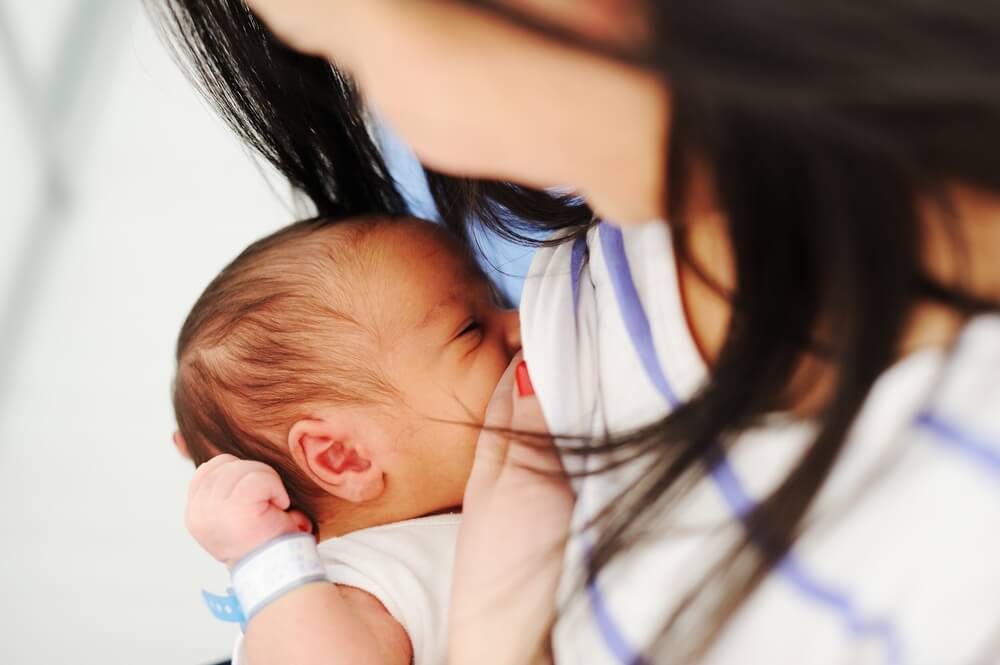
5 things that happen once you stop breastfeeding
24 May 2022 | 3 min Read
Tinystep
Author | 2574 Articles
The ‘perfect’ time to stop breastfeeding is different for every mother. For some mothers, the end of their breastfeeding relationship with their baby can be a time laden with emotional changes. Physical changes are also a part of the post-breastfeeding phase. Most mothers are unaware that many of the effects they may experience after they stop breastfeeding are completely normal. So, what are the likely physical and emotional shifts of weaning?
Given below are 5 things you need to know.
1. Mood changes
When you stop breastfeeding, it’s not uncommon to feel upset. Some mothers may feel tense or uneasy too. Usually, these feelings come to a halt after a few weeks. If they are intense or continue beyond a few weeks, consult your gynaecologist. These mood changes are thought to be brought about by hormonal changes (a drop in prolactin and oxytocin levels) that take place when weaning. This is not a remarkable discovery, since prolactin helps with feeling relaxed, while oxytocin is usually called the ‘feel-good’ hormone. Breastfeeding also strengthens the physical and emotional intimacy between a mother and her child. Hence, when it ends, it’s natural to feel a sense of bereavement, as a very special phase in your life has ended.
2. It can take a while for your milk to fully dry up
It’s common for mothers who have weaned to continue to find that breastmilk still spills out sometimes. The period it takes for your breast milk to dry up completely is different for every mother. For mothers who have been breastfeeding frequently for a long time, it could take many weeks, even months. Breastfeeding is a supply-demand process, i.e., the more often milk is emptied, the more milk will be made and vice versa. If weaning starts when there’s plenty of milk (when your baby is being fed often), it can take a long time for your breasts to decrease, and eventually halt, the milk production.
3. Your menstrual cycle may return
For many mothers, their period doesn’t return when they’re exclusively breastfeeding. In fact, there’s a not so well-known form of birth control called ‘lactational amenorrhoea method’ for the breastfeeding period specifically. When you start weaning, it’s expected that your menstrual cycles will gradually start. However, this does not mean that one cannot get pregnant while breastfeeding.
4. Your breasts can return to their pre-pregnancy size
Once your baby starts weaning, the milk-making cells will eventually shrink. Fat cells will be laid down and your breasts will return to their pre-pregnancy size. This may take several weeks.
5. You may develop mastitis
When weaning occurs suddenly, you’re more likely to experience engorgement, blocked ducts or mastitis, which is not the case when it happens over a longer period of time. If, however, a blocked duct develops, remove milk temporarily (e.g. with hand expressing) to clear the blockage. This is important to help reduce the risk of developing mastitis, and mastitis turning into an abscess later. Once the blocked duct or mastitis has been taken care of, you can go back to just monitoring your breasts.
A


Suggestions offered by doctors on BabyChakra are of advisory nature i.e., for educational and informational purposes only. Content posted on, created for, or compiled by BabyChakra is not intended or designed to replace your doctor's independent judgment about any symptom, condition, or the appropriateness or risks of a procedure or treatment for a given person.
